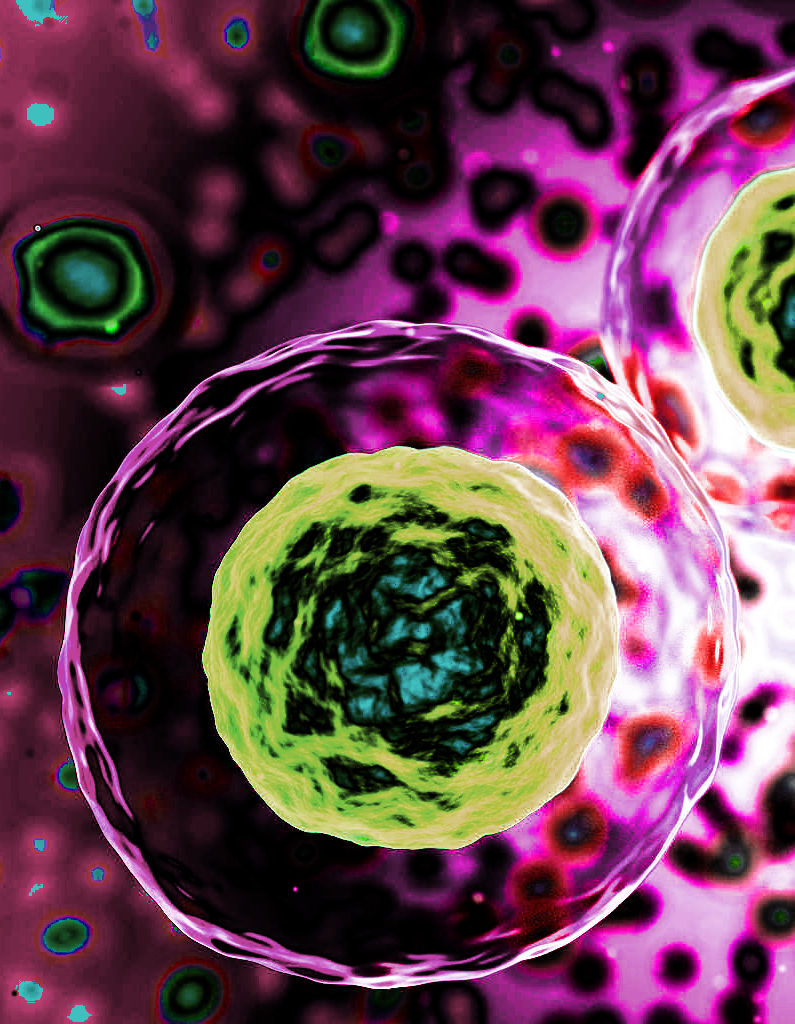Cytokine sensor to see sub-cellular
 Australian engineers have created a new sensor that can spot cytokines – molecules in and around individual cells.
Australian engineers have created a new sensor that can spot cytokines – molecules in and around individual cells.
The sensor consists of a modified graphene quantum dot (or GQD) designed by researchers at the ARC Centre of Excellence for Nanoscale BioPhotonics (CNBP).
“Cytokines are molecules secreted by the cells of the immune system,” explains lead CNBP project scientist Guozhen Liu.
“The release of certain cytokines by the body is frequently symptomatic of a disease or health related issue, such as arthritis, inflammatory disorder or even cancer.
“Consequently, monitoring cytokine secretions at the cellular and sub-cellular level, has enormous value in our understanding of basic physiology and how the body is actually working.”
Traditionally, cytokine molecules have been extremely hard to measure and quantify.
“This has been due to their small size and their dynamic and transient nature,” says Prof Liu.
“What we’ve been able to do is to design and make a sensor that is so small that it can easily penetrate inside cells. Moreover, unlike other sensors it only responds when the cytokine is present. To this aim we have connected GQDs to cytokine sensing DNA molecules known as aptamers.”
Researcher Ewa Goldys noted that the detection of cytokines in body fluids, cells, tissues and organisms was attracting considerable attention in the biomedical research field.
“Being able to track cytokine levels in real time opens new ways to monitor body physiology. This will ultimately lead to new diagnostic tools and new ways of treatment monitoring,” she said.
Dr Goldys says that the innovative GQD sensing technology developed by the CNBP has potential widespread applications, due to the universal nature of the sensor design.
“We see these graphene quantum dot sensors as being excellent candidates for many other biomedical applications such as DNA and protein analysis, intracellular tracking as well as for monitoring of other cell secreted products in the body.”
Although still some years away from clinical study, the researchers are both excited by the research.
“Operating at the nanoscale we’re creating entirely new windows into the body and will gain valuable insights into the body, health, wellbeing and disease,” Dr Goldys said.








 Print
Print